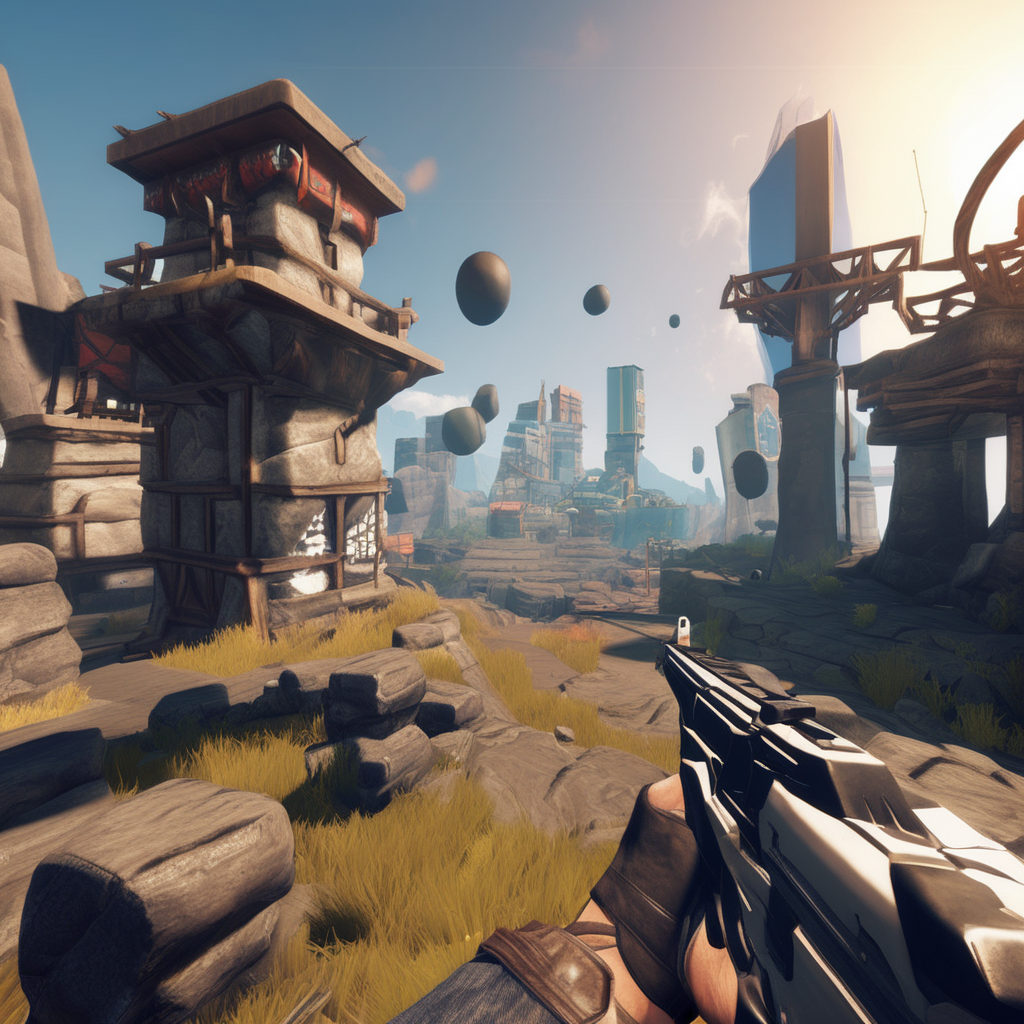The game world is moving faster than anyone expected. Studios aren’t just building games now — they’re building ecosystems, new economies, and experiences that feel alive. What’s coming next isn’t a small shift. It’s a full reset in how games are imagined, built, and delivered.
The Next Wave of Tech Is Changing How Games Are Built
Here’s the thing — the tools developers use today won’t look the same in a few years.
AI-driven engines, real-time world generation, smarter physics, and cross-platform pipelines are pushing game development into a new phase. Instead of spending months on manual assets, teams are starting to rely on AI-sculpted environments, adaptive animation, and procedural content that behaves like a living system.
This means smaller teams can build bigger worlds. Indie studios can compete with mid-tier companies. Production cycles get shorter without dropping quality. And when creation gets faster, ideas get bolder.
Player Behavior Is Evolving Faster Than Studios Expected
Let’s break it down — players don’t just want games anymore, they want ongoing worlds they can influence.
The rise of UGC, community-driven updates, digital identity, and cross-device play is reshaping how developers design experiences. Players now expect their progress, skins, achievements, and social interactions to travel with them across devices and game modes.
Studios that pay attention to this shift will build richer engagements, stronger retention, and long-term game loyalty. Those who ignore it risk fading, even with a good game.
AI, Automation, and Smarter Engines Are Quietly Rewriting the Pipeline
What this really means is that development no longer relies on sheer manpower.
AI can write quests, test mechanics, predict player drop-off, and balance games at scale. Engines are becoming assistants, not just tools. Automation is taking over patch management, optimization, and quality checks.
This frees developers to spend more time on creativity instead of repetitive work. It also makes it easier to experiment with new mechanics, dynamic storylines, and ecosystem-driven game logic without blowing the budget.
Cross-Platform Worlds Are Becoming the New Standard
Here’s a thought — players don’t care what device they’re on; they just want the same world everywhere.
Cross-platform support is no longer optional. Cloud gaming, browser-based engines, and mobile hardware upgrades are blurring the lines between PC, console, and mobile. Studios that build multi-entry games will dominate discovery, retention, and international reach.
The future belongs to games that feel consistent whether you’re on a phone, a console, or a high-end PC.
Monetization Models Are Shifting Toward Long-Term Value
Let’s be honest — nobody enjoys aggressive monetization.
The next five years will push studios to rethink how they earn. Subscriptions, hybrid passes, skill-based unlocks, and cosmetic-first economies are taking over. Instead of squeezing players, the trend is to reward them for commitment, creativity, and community involvement.
Games that treat players as partners, not wallets, will win the next generation of loyal audiences.
Studios That Embrace the Shift Will Set the Pace for the Industry
Here’s the takeaway — the studios that adapt now won’t just survive; they’ll lead.
The coming years will favor teams that think globally, build modularly, and design with scalability in mind. A game development company is moving toward a future where big ideas and smart execution matter more than legacy systems.
The next five years aren’t just another cycle. They’re a turning point for the entire industry.

